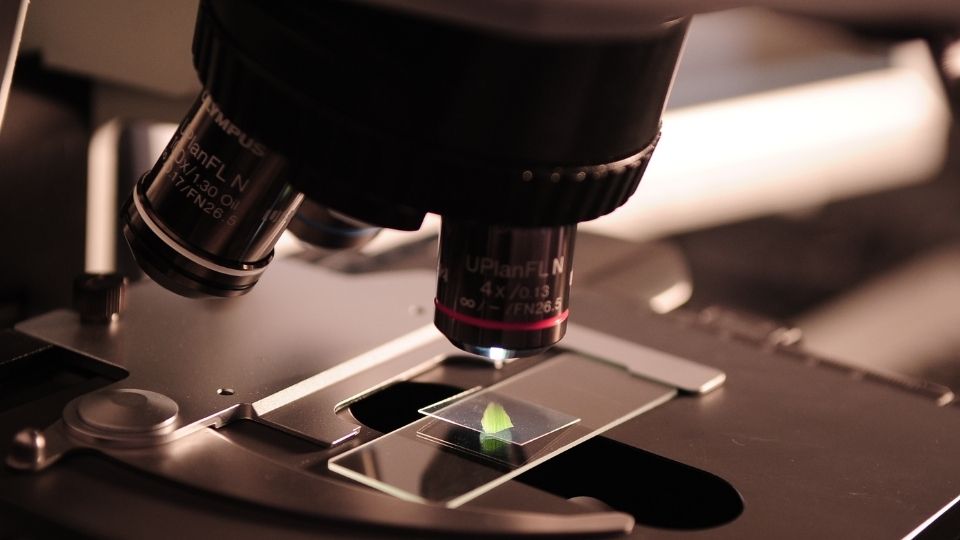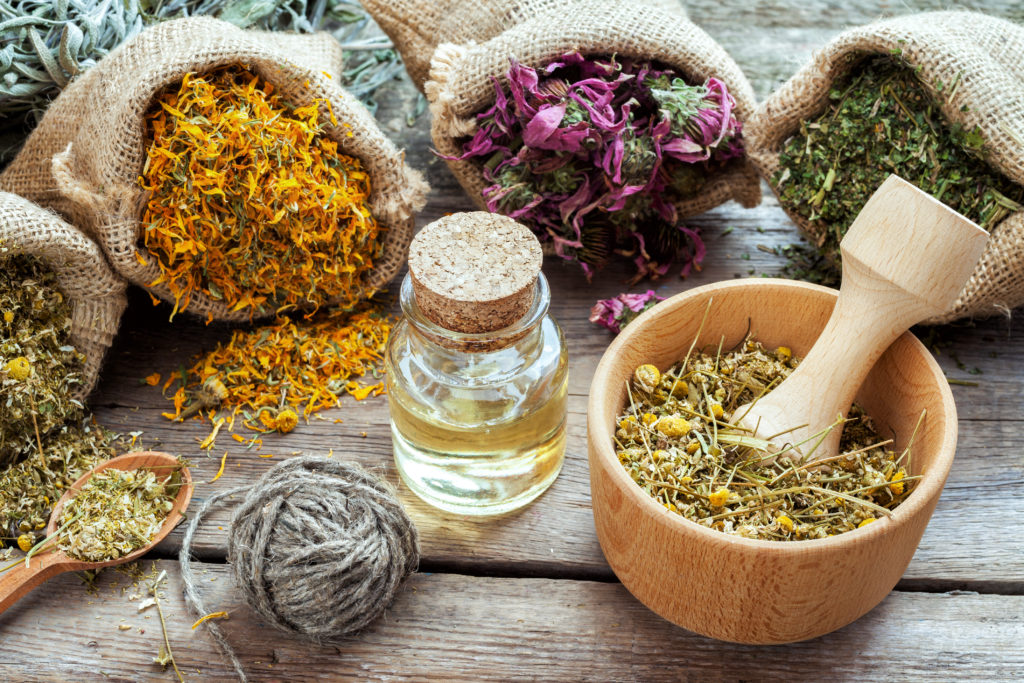Here at Quality Spores, our team occasionally receives questions about – you guessed it mushroom spores, about spores information about spores in plants, and spores reproduction!
That’s why we decided to put together a comprehensive Q&A in this week’s blog post about spores, answering all of the most common questions we get about mushroom spores (with, of course, a focus on mushroom spores).
- The basics: how spores are formed, how spores grow, and what spores develop into.
- Microscopy research and which kind of spore container to use, spore syringe vs. spore print
- What spores develop into and where spores are produced by a fungi
- The benefit of exotic spore strains for research purposes by microscopists and mycologists
How Spores Work: The Basics of Spores in Fungi and What Are Spores?

Fungal spores are found almost everywhere in nature, across all different kinds of environments. There’s even proof that fungal spores can survive in space. If you’re wondering what spores can survive up to and around what temperature, it’s clearly a lot. Spores can be destroyed by extreme temperatures, of course, but we do know that they can withstand a lot, including the vacuum of space.
What Are Spores? Spores Are How Mushrooms Reproduce
Learn about what are spores?
Mycelium Mushroom Spores Reproduction
Where spores are formed, you ask? Spores, when in the correct environment with enough nutrients, will form tiny, threadlike appendages called hyphae. The hyphae continues to grow and eventually forms mycelium spores for reproduction, the spiderweb-like or root-like structures that you’ve probably seen growing on old logs, on the ground, or underneath leaves.
Mushroom Spores Mycelium and Their Fruiting Body
Eventually, the mycelium will produce what’s called a fruiting body, otherwise what we call a mushroom. Where do spores come from? The mushroom, when it becomes mature, expels spores from beneath the cap. The spores are (ideally!) carried away by the wind, allowing the fungi to propagate itself nearby or elsewhere.
➢ Read about how to store mushroom spores before they’re incapable of generating a fruiting body?
It should be noted that spores are not analogous to seeds, as one finds with plant life. In fact, mushrooms aren’t considered to be plants at all—they have their very own taxonomical classification, Kingdom Fungi.
Mushroom Spore Print vs. Spore Syringes – Which is Best for Researching Spores?

What Are Mushroom Spore Prints?
Mushroom spores are typically prepared by a lab for purchase in one of two formats: spore syringes or the cubensis spore print.
While microscopists researching mushroom spores can manage to work with either mode of spore storage, it’s generally agreed upon that spore syringes are far easier to use in the lab. This is because spore syringes contain spores in a non-nutrient liquid solution, making it very easy to place a drop of the liquid onto a microscope slide. Note that Quality Spores proudly carries spore syringes exclusively.
It’s important that the spores are contained within a syringe filled with a non-nutrient liquid, such as distilled water. Anything else could lead to contamination or accidental colonization of the spores. With fungi, the latter could be illegal in most jurisdictions.
Spores Liquid Culture Syringes – Mushroom Mycelium
Spores to liquid culture syringes are available for many different species of mushroom, however, researchers should be aware that for mushrooms, these kinds of liquid culture syringes when germinated will germinate mushrooms that become illegal.

Spores are produced by the fruiting body or mushroom of a fungi after the mushroom reaches a certain stage of maturity; typically this is when the cap separates from the stem and the gills become exposed. This is a necessary precursor to spores being released, because if the cap hadn’t separated from the stem, the spores wouldn’t be able to reach the ground. The veil will usually also be broken either partially or completely.
When Are Spores Produced and When Are Spores Ready for Reproduction?
Spores are “ready” for reproduction the moment they’re released, however when spores are produced germination rarely takes place immediately. Instead, the spores must settle into the correct environment with enough nutrients for hyphae to begin to form. Ultimately, the vast majority of spores released by a fungi will never reach a colonization stage—it’s those lucky few who encounter just the right conditions that have the opportunity to go from spores to mycelium.
Spores Rate Of Colonization: Different Mushroom Special Mushroom Strains Compared
There are differences in the spores rate of colonization times between the different special mushroom strains to take into consideration when reproducing, colonizing, or growing mushroom spores to the fruiting body stage.
In addition there are different mushroom strains compared to evaluate before deciding on which spores strains to grow, study, or cultivate from the mycelium stage.
Golden Teacher Spore Syringe in Taxonomy
Microscopists tend to always be looking for a new taxonomical challenge, and the many cubensis species offers an abundance of practical research opportunity in this field of study. But, nothing wrong with starting with the basics like our Golden Teacher spore syringe along with other beginning and advanced varieties of cubensis strains that have been documented in the wild.
This means that for an avid amateur microscopist interested in researching the difference between spores of the same species but a different strain, many options are at their disposal. These strains also all have different appearances at maturity, varying characteristics, and oftentimes incredibly unique features, all of which makes studying the formative spore stage very educational.
